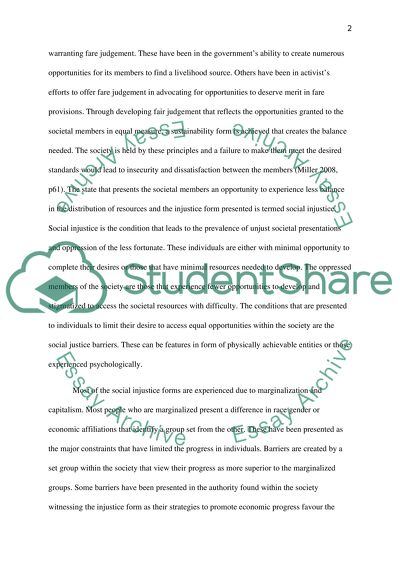Cite this document
(“Rights Social Justice and Diversity 1 & 2 Essay”, n.d.)
Retrieved from https://studentshare.org/miscellaneous/1591876-rights-social-justice-and-diversity-1-2
Retrieved from https://studentshare.org/miscellaneous/1591876-rights-social-justice-and-diversity-1-2
(Rights Social Justice and Diversity 1 & 2 Essay)
https://studentshare.org/miscellaneous/1591876-rights-social-justice-and-diversity-1-2.
https://studentshare.org/miscellaneous/1591876-rights-social-justice-and-diversity-1-2.
“Rights Social Justice and Diversity 1 & 2 Essay”, n.d. https://studentshare.org/miscellaneous/1591876-rights-social-justice-and-diversity-1-2.


